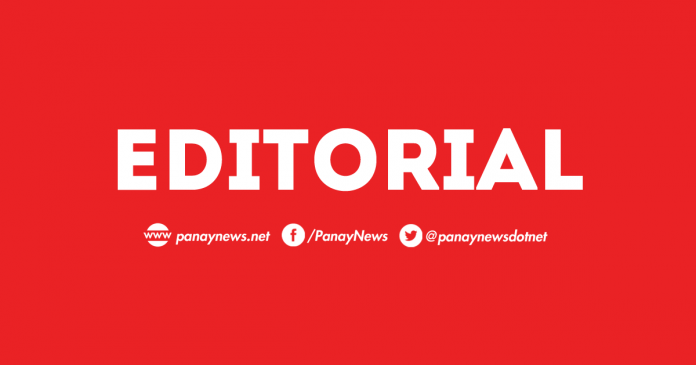
THE DEPARTMENT of Social Welfare and Development (DSWD) in Western Visayas reported that over 115,000 households have exited the Pantawid Pamilyang Pilipino Program (4Ps), supposedly indicating a step forward in its efforts to address poverty. This feat is measured through the Social Welfare Development Indicator (SWDI) Survey, which evaluates households’ economic sufficiency and social adequacy. But while the milestone deserves recognition, it also raises a question: Are we truly measuring progress in poverty alleviation accurately?
The SWDI provides a snapshot of beneficiaries’ improvements in living conditions, but poverty is a multi-layered challenge that cannot be fully encapsulated by a single tool. Economic sufficiency and social adequacy are important metrics, but they may overlook other key dimensions of poverty such as vulnerability to economic shocks, access to sustainable livelihoods, or long-term education and health outcomes.
For instance, a family might qualify as “self-sufficient” today based on their current income and housing stability, yet remain one illness, disaster, or job loss away from falling back into poverty. The metrics fail to account for the precarious nature of such progress. Similarly, households exiting 4Ps due to the ineligibility of their children may no longer be monitored, leaving a gap in understanding their long-term trajectories.
The challenge lies in developing more comprehensive and dynamic poverty metrics. These should not only assess immediate economic conditions but also track resilience, access to opportunities, and generational progress. For example, indicators could include the quality and stability of employment, educational attainment of all household members, and access to essential services such as healthcare and financial resources.
The inclusion of community-based participatory assessments could provide a richer context. Beneficiaries themselves are in the best position to articulate the challenges they face post-4Ps graduation. Listening to their voices can help policymakers identify gaps in existing support systems and recalibrate interventions.
International best practices also offer insights. The Multidimensional Poverty Index (MPI), used by the United Nations Development Programme, considers factors like access to clean water, electricity, and education alongside income. Adopting a similar holistic framework could provide a clearer picture of progress and ensure that interventions address the root causes of poverty.
The success of any poverty alleviation program should not only focus on numbers but on sustainable change. As the 4Ps continues to evolve, it is imperative to rethink how we define and measure success. Metrics should be dynamic, inclusive, and reflective of the lived realities of those they aim to uplift.
Addressing poverty should go beyond increasing income — it must be about ensuring opportunity, dignity, and resilience. By improving how we measure the 4Ps beneficiaries’ progress, we can better ensure that families exiting the program are stepping into a future of genuine empowerment and stability.



